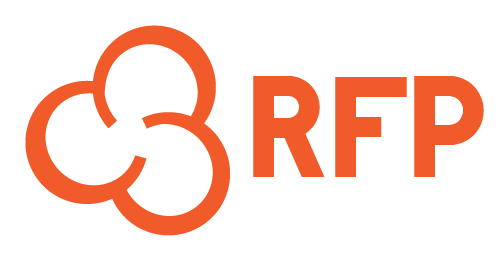Enterprise purchasing projects are notoriously challenging. Whether you’re in the market for repeat goods or services to meet a particular need, or tackling a whole new purchasing area, the process can be daunting. To get going, you’ll need a clear sense of your organization’s priorities and goals, detailed requirements and evaluation criteria, a sense of the industry landscape – and perhaps most importantly, a plan for organizing the project from start to finish. Whether you’re working independently or as part of a team, the prospect can be overwhelming.
Historically, purchasing projects have been a completely analog process, but there are now new software tools to help with scoping your project, organizing its components in a single place, and collaborating with a team. Before tackling your next RFx, consider the following questions and look for integrated tools that can help meet your needs!
Should I issue an RFI or RFP, or even an RFQ?
First, consider the basics. While Requests for Proposals (RFPs) are the most common purchasing document, they’re not always the most suited to the needs of a given project. RFPs, Requests for Information (RFIs), and Requests for Quotation (RFQs) all serve slightly different functions, and provide different kinds of information when it comes to purchasing.
If you’re setting out to make a very specific purchase, and you know exactly what you’re looking for, you may benefit most from issuing and RFQ. This will allow you to request exactly the pricing information you need without a lot of extra questions or details.
RFIs sit at the opposite end of the spectrum. Say you’re interested in making a purchase, for instance cyber security software, that you’ve never considered before. You’ll want to get an overall look at options and vendors, and scope out what solutions, if any, could work for your organization. As a more general document, an RFI can help you solicit ideas without yet committing to a particular vision.
Once you’re close to ready to make a purchase, but still considering multiple options and ideas, an RFP can help you hone in on the right vendor while leaving room to consider new ideas that emerge.
How can I keep my project organized?
Purchasing projects are multistage processes. Whether you begin with an RFP and move on directly to evaluating vendors, or start with an RFI and later put together an RFP, there are many moving parts. Add to that any number of team members who may be working together, and you’re talking about a lot of documents changing hands, and a lot of room for error.
Traditionally, organizations have managed purchasing processes on paper, or more recently in the cloud. This can slow down the purchasing process by requiring phone calls or emails to exchange draft documents or get stakeholders to agree on key details. Nevermind that exchanging documents back and forth can increase the risk of a data breach. The evaluation process is equally as challenging from an organizational perspective when it relies on hardcopy or email submissions.
New software tools like Popcorn RFP address this problem by allowing you to store multiple RFx documents in a single place, collaborate directly via the software across a whole team, and even evaluate and respond to vendor submissions from within a single, integrated framework.
Popcorn RFP is purpose-built software designed to alleviate many of the common challenges organizations have experienced with enterprise procurement and help do RFPs faster, smarter, and collaboratively. Send us an email and let us know how we can help with your next RFP project!











